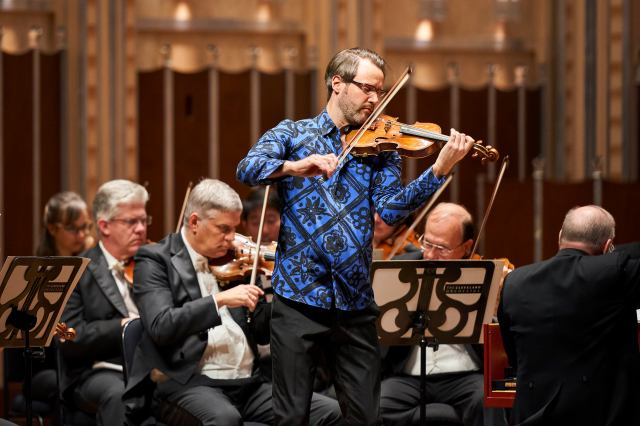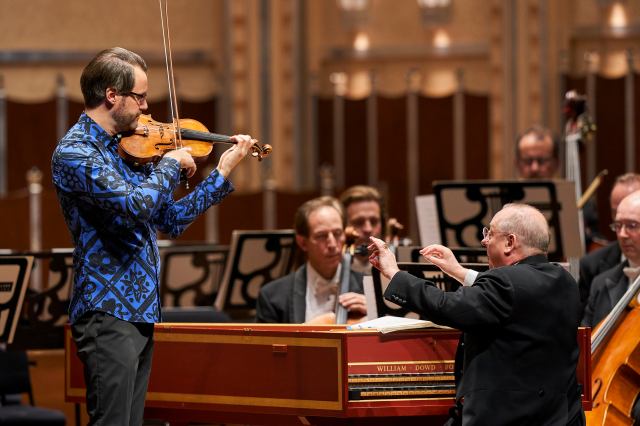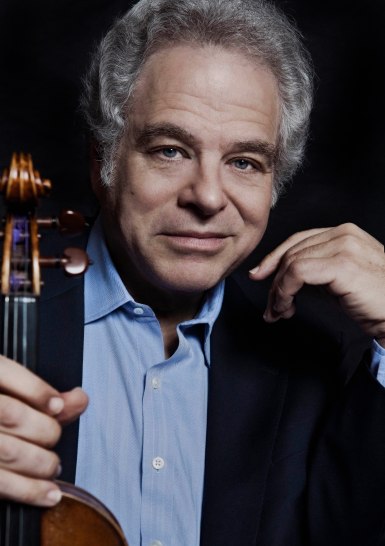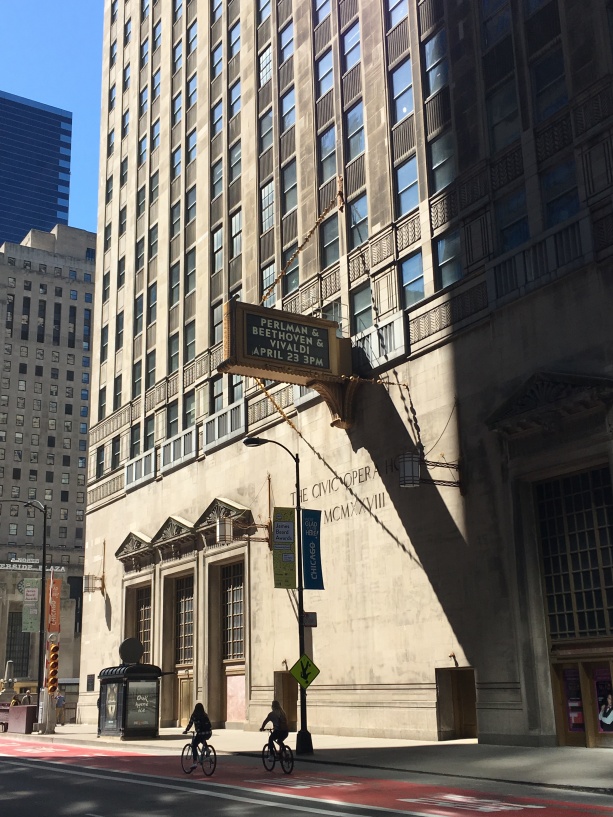Apollo’s Fire
Jeannette Sorrell, conductor
Jeffrey Strauss, baritone
Kathie Stewart, traverso
St. Paul’s Episcopal Church
Cleveland Heights, OH
March 8, 2019
Vivaldi: Concerto in D for Two Violins, Two Cellos, and Strings, RV 564
Bach: Brandenburg Concerto No. 3 in G major, BWV 1048
Vivaldi: Concerto in B Minor for Four Violins, RV 580 (from L’estro armonico, Op. 3)
Telemann: Funeral Cantata for an Artistically Trained Canary-Bird, TWV 20:37
Vivaldi: Flute Concerto in D, Il gardellino, RV 428 (from Six Flute Concertos, Op. 10)
Vivaldi/Sorrell: La Folia, after Trio Sonata in D minor, RV 63 (from Twelve Trio Sonatas, Op. 1)
Branded as “Three Duels and a Funeral”, Apollo’s Fire (fresh off their win at the Grammys) offered a generous program comprised of a trio of Vivaldi concertos along with a funereal oddity by Telemann, fleshed out with additional music by Bach and more Vivaldi. The first “duel” presented was Vivaldi’s Concerto in D for Two Violins, Two Cellos, and Strings. Despite the evening’s moniker, these concertos were rather congenial affairs as far as duels are concerned, with the opening work particularly affecting in its consonant combination of soloists on both ends of the string spectrum (violinists Johanna Novom and Adriane Post, cellists René Schiffer and Rebecca Landell Reed), further encouraged by the crisp cohesiveness of the supporting ensemble. Novom led the central Largo with beautifully singing lines which Post duly imitated, while rapid fire playing amongst the four soloists made for a rousing finale.

In her spoken introduction, Jeannette Sorrell referred to Bach’s Brandenburg Concerto No. 3 as the “most democratic piece in classical music”, owing to its equal treatment of all nine players. Matters were propelled forward with joyous energy, only to arrive at a harmonic stasis in the slow movement of only two chords, wherein Sorrell’s continuo acted as a ghostly recitative. The work closed with a driving theme, vigorously passed from instrument to another. Vivaldi’s Concerto in B minor for Four Violins saw Novom and Post resume soloist duties along with Susanna Perry Gilmore and Carrie Krause. One was quite taken intricate interplay amongst the quartet during this comparatively sober work, not in the least during a striking moment when the orchestral accompaniment all but dropped out of the fold.
The evening’s centerpiece was a work of remarkable musical eccentricity, namely Telemann’s Funeral Cantata for an Artistically Trained Canary-Bird. Written at the behest of a Hamburg patron whose pet canary fell victim to a hungry feline, the Canary Cantata retells just that over the course of its 17-minute duration, ultimately an ingenious blend of tragedy and comedy. Handling the vocal line (originally in German, presented here in Sorrell’s English translation) with verve and aplomb was baritone Jeffrey Strauss, who further brought the text to life via some choice props and acting under the direction of Christine McBurney – judiciously used to add comedy without gimmick. As detailed in an interview with Cleveland Classical, Strauss’ vitality was all the more laudable given his recent recovery from major heart surgery. Sighing strings opened the work in this music of very fine quality, such that it could easily be mistaken for that of a rather more serious subject matter. The aria “My dear Canary, sleep well tonight!” was genuinely moving, a lovely tribute to the protagonist’s avian friend. A genuine curiosity, expertly performed, and perhaps an inspiration for Alkan’s equally perplexing and similarly themed Marcia funebre sulla morte d’un Papagallo from almost a century later.
This ornithological thread was continued in one further Vivaldi concerto, the Flute Concerto in D bearing the nickname “Il gardellino” (The Goldfinch). Principal flute Kathie Stewart delivered an obvious invocation of birdcalls in her limber and fluid playing, and a charming cantabile led to the fluttering finale. Vivaldi’s rendering of La Folia has become one of AF’s signature pieces; originally a trio sonata, the evening closed with Sorrell’s arrangement, recomposed as a concerto grosso. A commanding reading of the canonical chord progression gave way to a breathless tour de force, with some good-natured dueling between violinists Alan Choo and Emi Tanabe emblematic of the ensemble’s blistering virtuosity.




